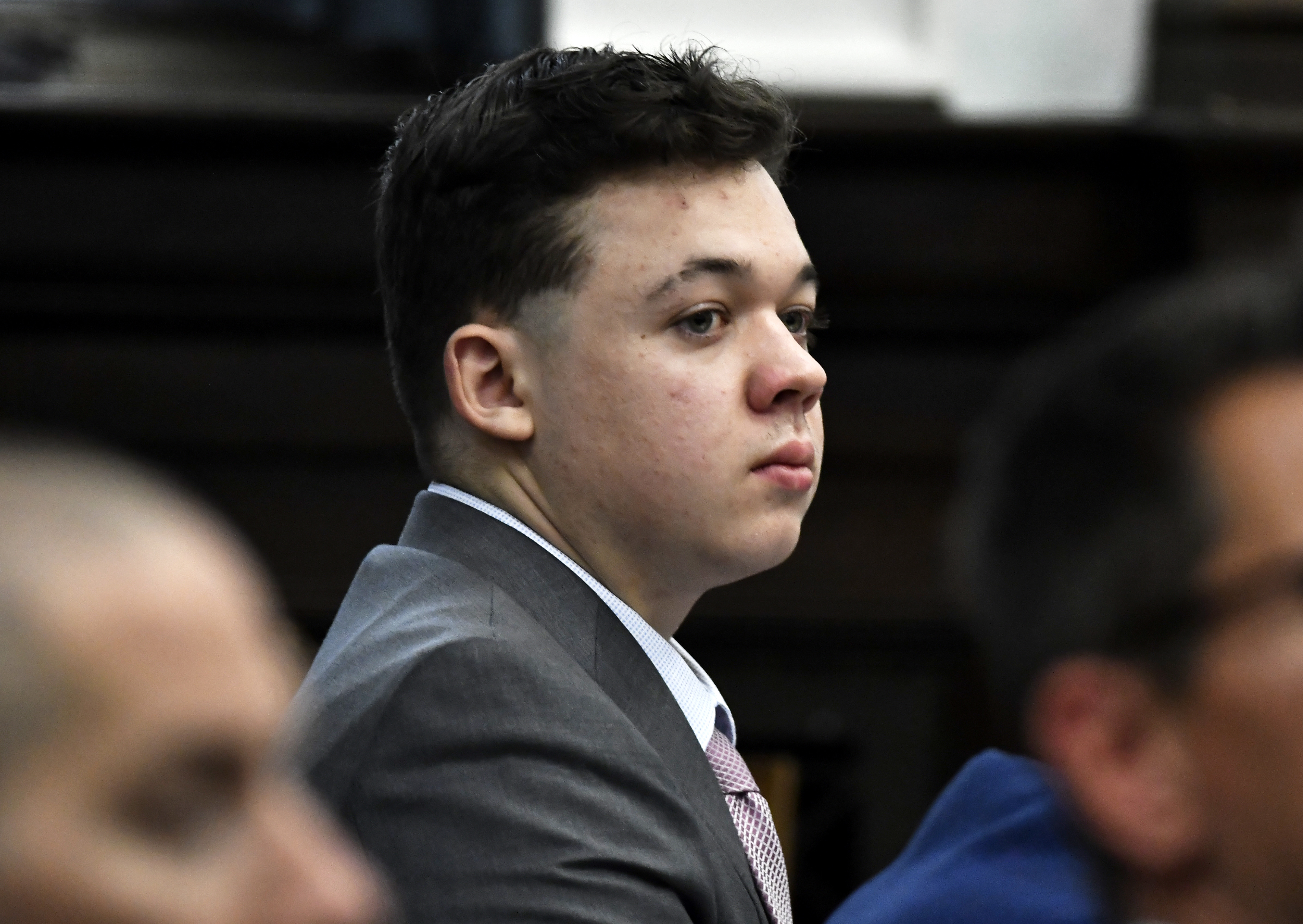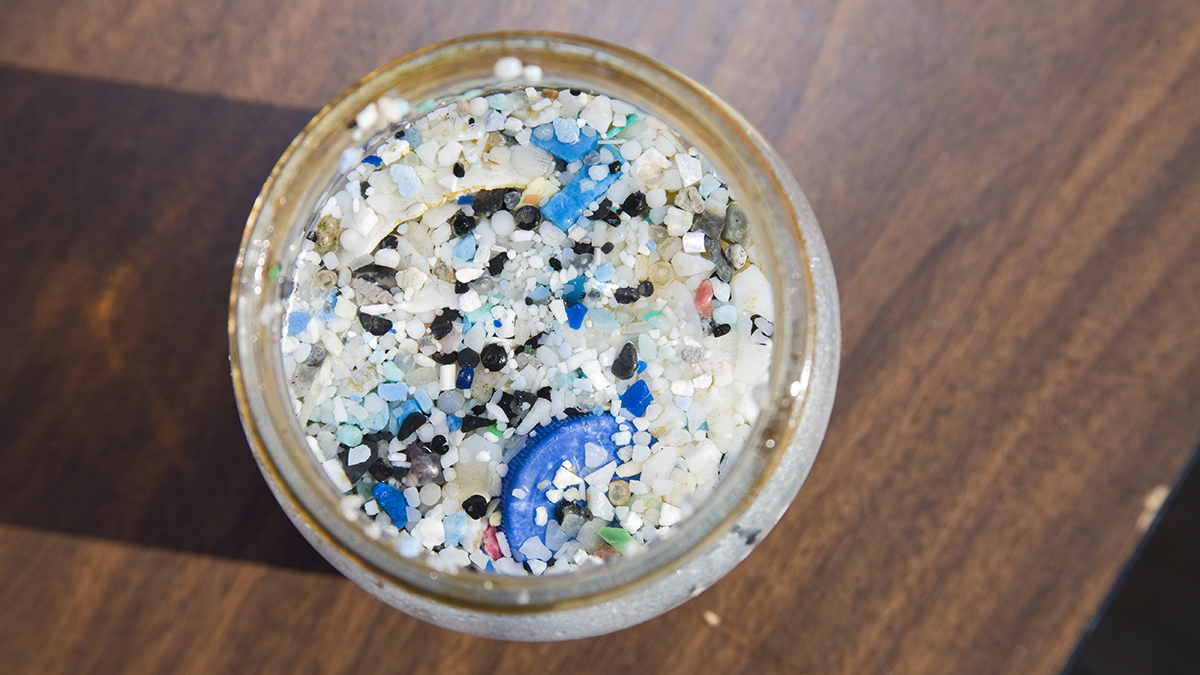Gov. Ned Lamont has announced a new Screen and Stay initiative for Connecticut schools that choose to participate. Under the new plan, students and staff who are not fully vaccinated would be able to stay in school after close contact with someone who has COVID-19 in certain situations.
Under this initiative, students and staff who are identified as close contacts of someone who is positive for COVID-19 but who are not yet fully vaccinated will be able to stay in school if they were wearing masks and don’t develop symptoms, the governor said.
This would be instead of quarantines that the governor said continue to impact student learning and place a burden on working families.
Get Tri-state area news and weather forecasts to your inbox. Sign up for NBC New York newsletters.
Students and staff are eligible to participate if the close contact with a COVID-19 case occurs under the following circumstances:
- Exclusively during the school day (no extracurricular or social contact);
- If indoors or on a school bus or other school transportation, and both the contact and the COVID-19 case were consistently masked during the exposure even if brief unmasked periods (e.g., snack time, cafeteria) occurred, as long as six feet or more of space was consistently maintained;
- If outdoors, the individuals were masked or unmasked but were supervised by staff (e.g., mask breaks, physical education, recess);
- The close contact remains asymptomatic (any symptoms revert to regular isolation/quarantine).
Examples of close contact scenarios that do not support a Screen and Stay approach would be:
- Contact with a case during interscholastic or other athletic activities (other than during supervised outdoor physical education and recess);
- Contact occurring during social interactions or similar activities outside of school (e.g., birthday parties, dining out, sleepovers);
- Contact where the individuals were not consistently and correctly wearing masks indoors and a six-foot distance was not maintained;
- The contact occurred between members of the same household (i.e., the contact lives with the case);
- If, upon return to school, the contact cannot consistently and correctly wear a mask.
Stories from NBCLX
LX, or Local X stands, for the exponential possibilities of storytelling in our communities.




